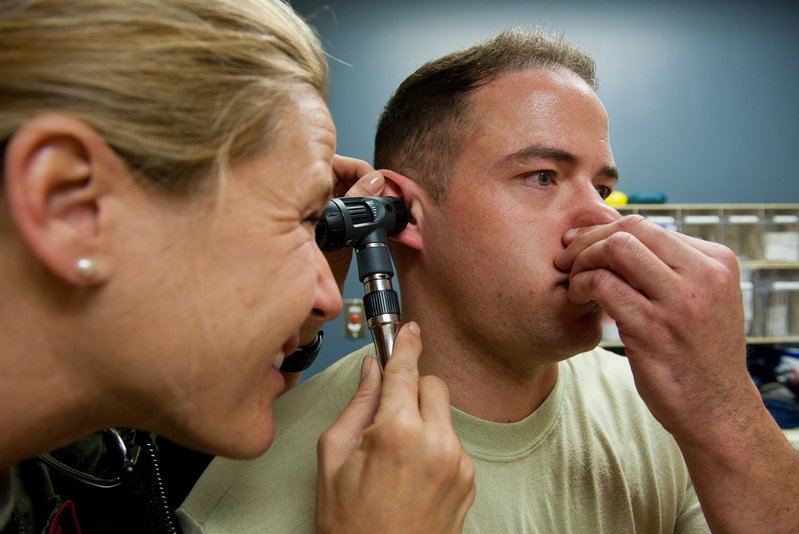Computers Can Now Help Diagnose Depression
Clinicians often use accurate and reliable laboratory tests to diagnose conditions such as diabetes, cancer and heart disease. Unfortunately, for many psychological or psychiatric diseases, objective tests for diagnoses are not available. Therefore, clinicians often rely on asking patients about their mood, family history, and recent behaviors to come to a diagnosis about their mental health. The major issue with this method is that psychiatrists may interpret patient information incorrectly, or the information may be inaccurate from the start. A misdiagnosis or no diagnosis may cause serious issues for individuals living with mental illnesses because they will not receive the correct help they need. This problem is at the forefront of mental health research, and scientists have begun to explore tools that can help diagnose psychiatric disorders with the same dependability as those used for diabetes or cancer. One tool that researchers have begun exploring is machine learning.
Scientists working at the University of Texas at Austin have recently published successful results on a new method for diagnosing major depressive disorder (MDD) called machine learning. Machine learning is a technique that allows computers to learn and improve by noticing patterns in the data it is given. By detecting patterns, it can make accurate predictions. In this study, researchers gave computers diffusion tensor magnetic resonance imaging (DTI MRI) data from 25 healthy patients and 25 depressed patients. DTI MRI is a unique method of MRI that tags water molecules in the brain and measures how much they diffuse. DTI MRI is used because this method can track the location and direction of white matter, the neurological roadways that disperse information throughout the brain. By detecting different patterns in the brain architecture of depressed patients and healthy patients, machine learning helped computers accurately predict which DTI MRI scans belonged to healthy or depressed patients. The computer’s predictions matched the diagnosis of psychiatrists 75% of the time.
Scientists working at the University of Texas at Austin have recently published successful results on a new method for diagnosing major depressive disorder (MDD) called machine learning. Machine learning is a technique that allows computers to learn and improve by noticing patterns in the data it is given. By detecting patterns, it can make accurate predictions. In this study, researchers gave computers diffusion tensor magnetic resonance imaging (DTI MRI) data from 25 healthy patients and 25 depressed patients. DTI MRI is a unique method of MRI that tags water molecules in the brain and measures how much they diffuse. DTI MRI is used because this method can track the location and direction of white matter, the neurological roadways that disperse information throughout the brain. By detecting different patterns in the brain architecture of depressed patients and healthy patients, machine learning helped computers accurately predict which DTI MRI scans belonged to healthy or depressed patients. The computer’s predictions matched the diagnosis of psychiatrists 75% of the time.
Image Source: GR_Image
This study was important since it provides a strong case for this new technique that can help doctors properly diagnose psychiatric disorders such as major depressive disorder. Computing techniques such as machine learning could help the one in five adult Americans that experience a mental illness in their lifetime as well as the three million Americans currently living with major depressive disorder. Many people suffering from mental illness do not receive proper treatment because they do not get the correct diagnosis. With the help of computers, scientists can better understand the differences in the brains between majorly depressed patients and patients without it and form effective treatment plans sooner rather than later. Computers may also begin to recognize the difference between each psychiatric disorder so that misdiagnoses do not occur. Likewise, clinicians could use machine learning as an objective, accurate way to diagnose other mental illnesses.
As a testament to this new use of computers in mental health research, scientists have combined the abundance of shared pictures and posts on social media with machine learning algorithms. The algorithm can then make predictions about a user’s mental health using distinct characteristics hidden in their online posts. For example, the algorithm revealed that depressed social media users tended to use black and white filters on their pictures.
Even though computers using machine learning can start to make more accurate predictions about mental illnesses based on images of a patient’s brain, they will not replace the care of a doctor. However, by combining an understanding of a patient’s history and lifestyle with objective diagnostic tools like machine learning, psychiatrists can better diagnose and treat mental illness in the future.
As a testament to this new use of computers in mental health research, scientists have combined the abundance of shared pictures and posts on social media with machine learning algorithms. The algorithm can then make predictions about a user’s mental health using distinct characteristics hidden in their online posts. For example, the algorithm revealed that depressed social media users tended to use black and white filters on their pictures.
Even though computers using machine learning can start to make more accurate predictions about mental illnesses based on images of a patient’s brain, they will not replace the care of a doctor. However, by combining an understanding of a patient’s history and lifestyle with objective diagnostic tools like machine learning, psychiatrists can better diagnose and treat mental illness in the future.
Featured Image Source: TheDigitalArtist
RELATED ARTICLES
|
Vertical Divider
|
Vertical Divider
|
Vertical Divider
|






